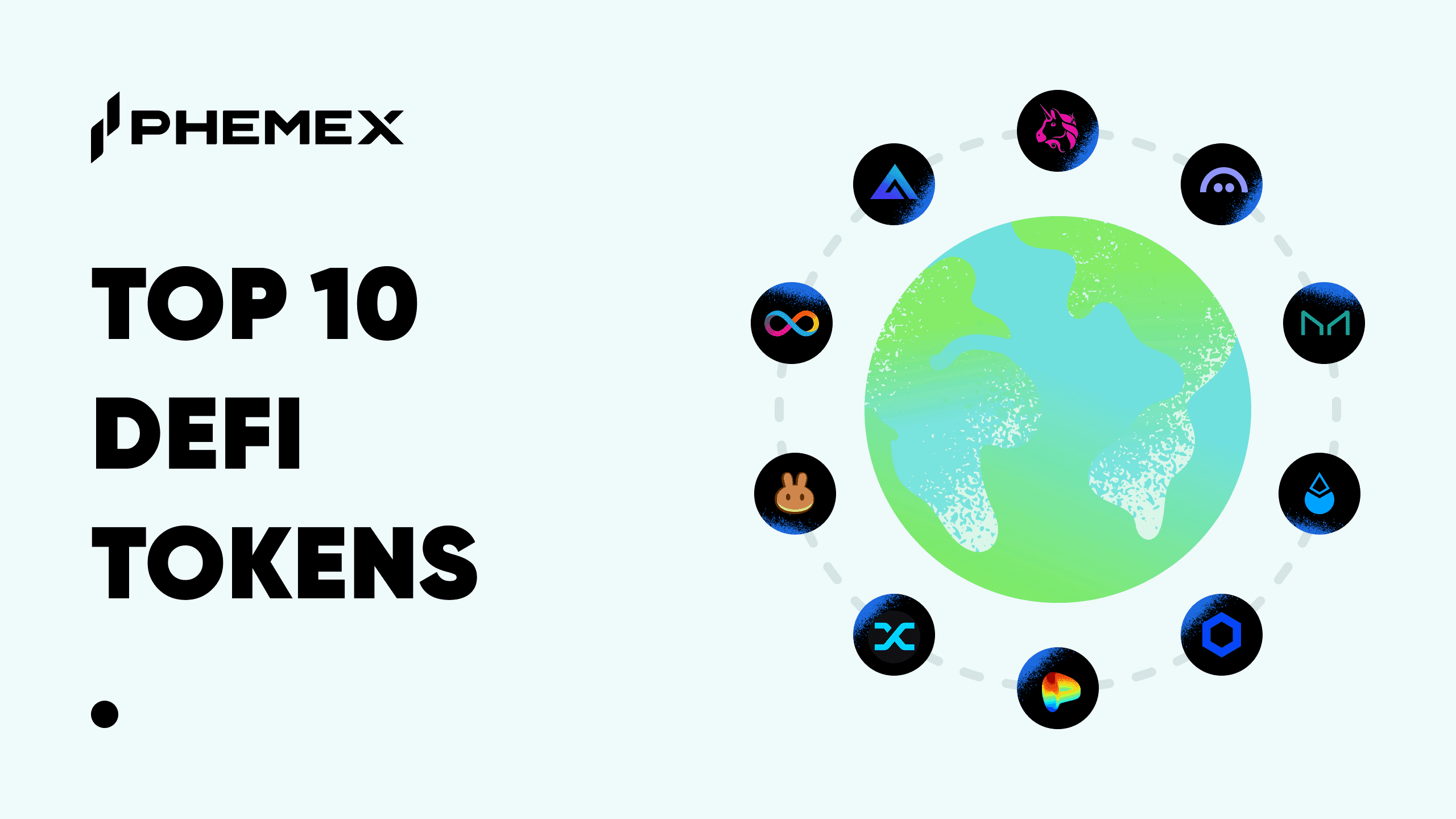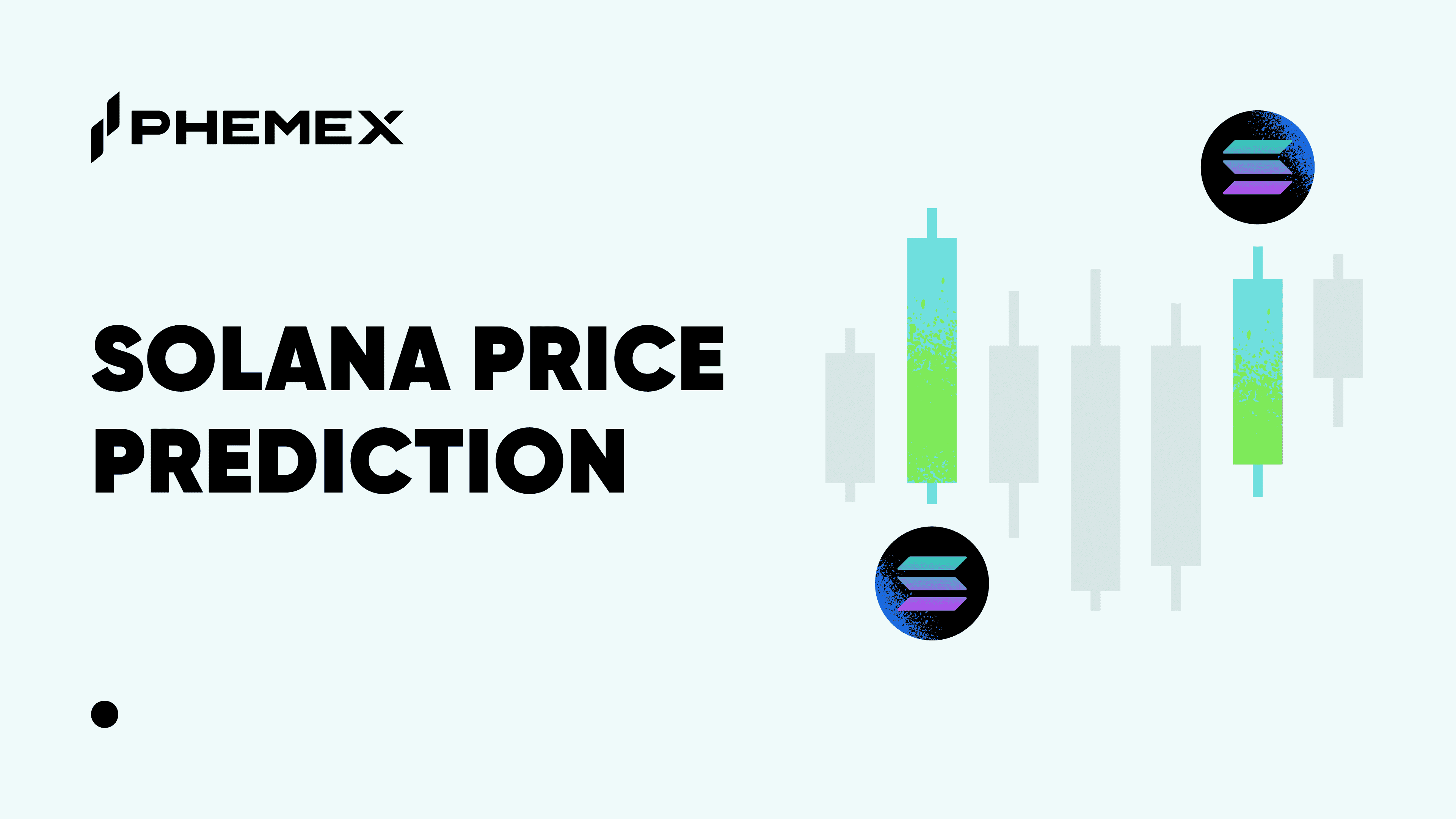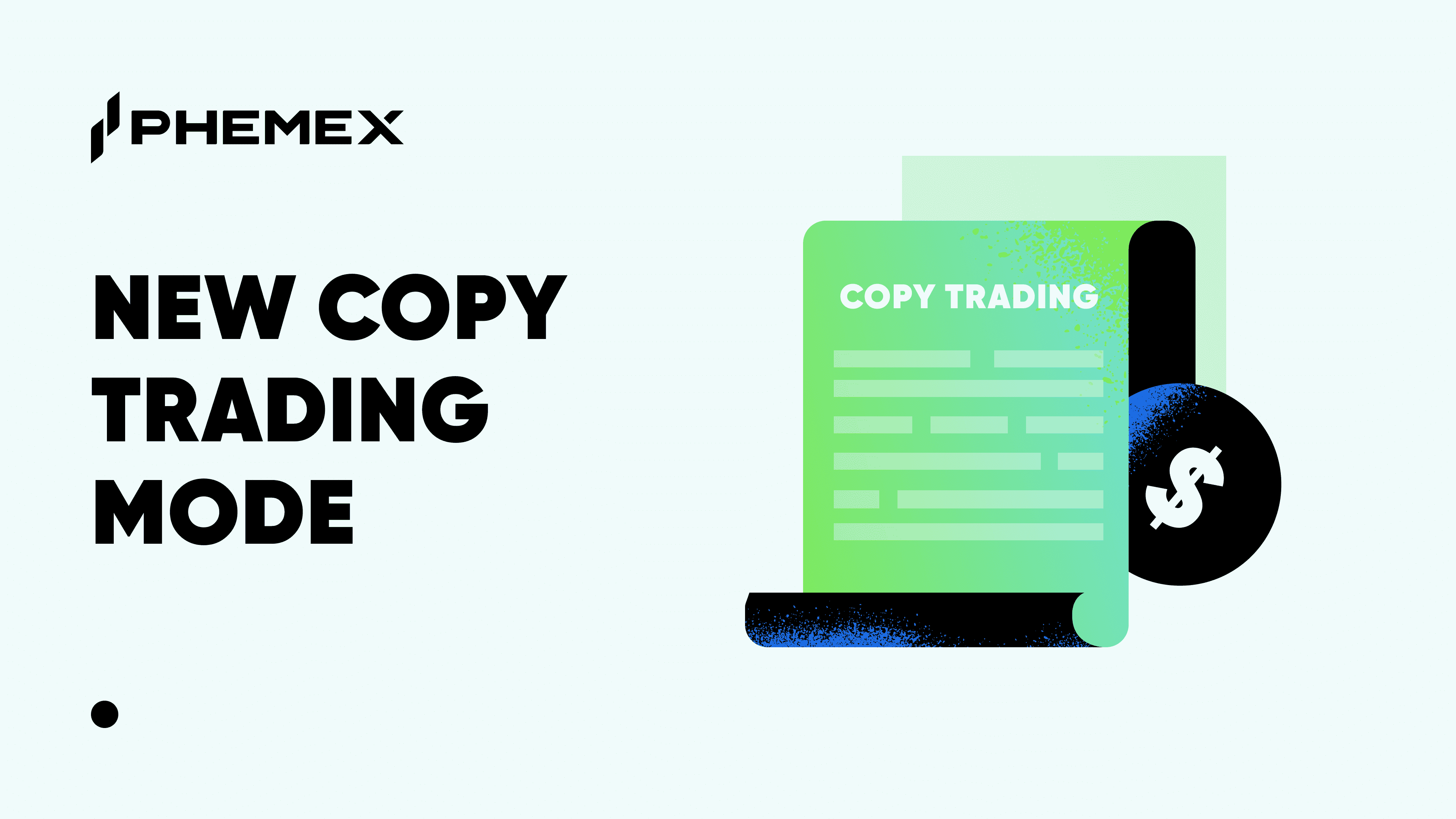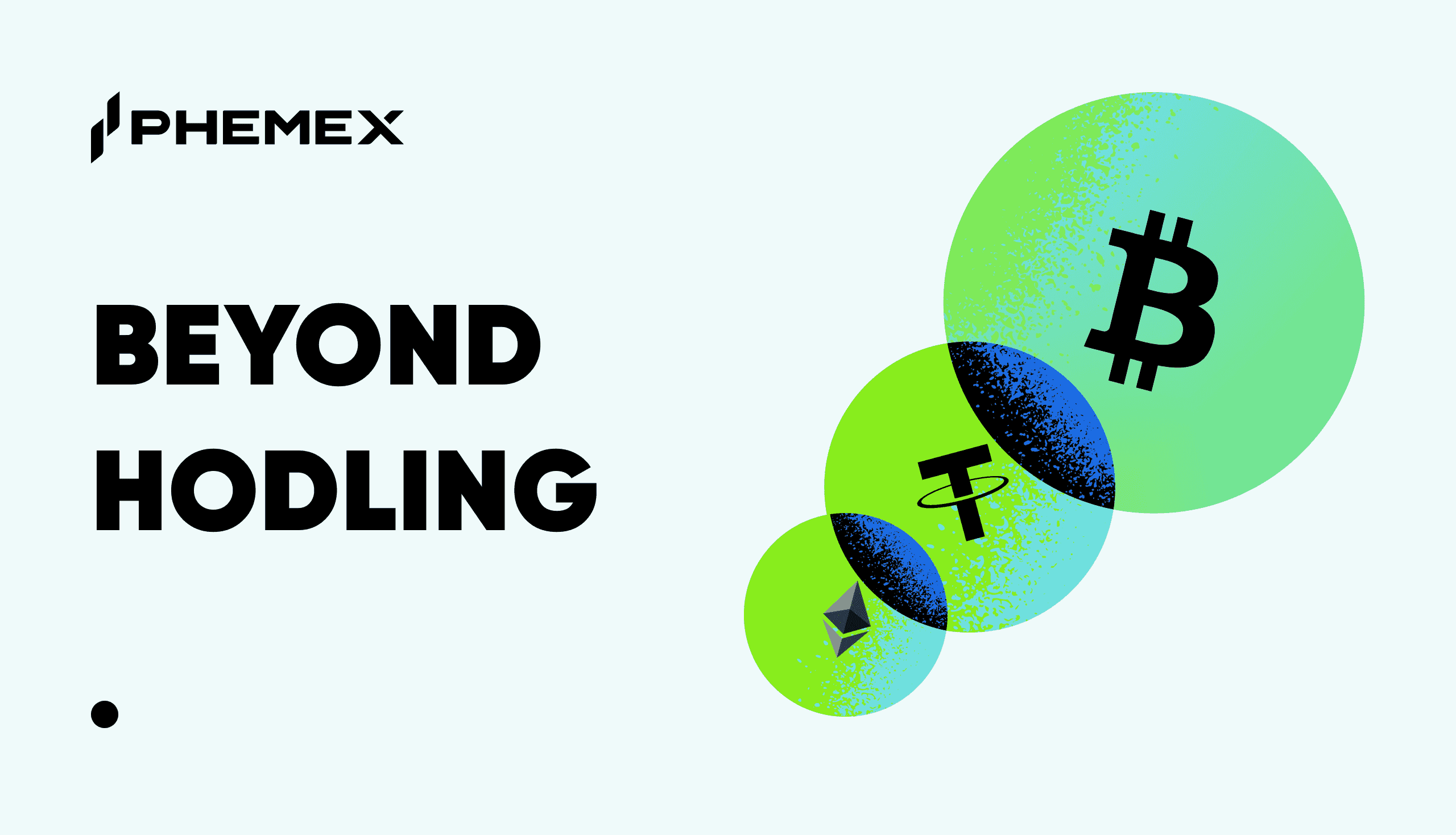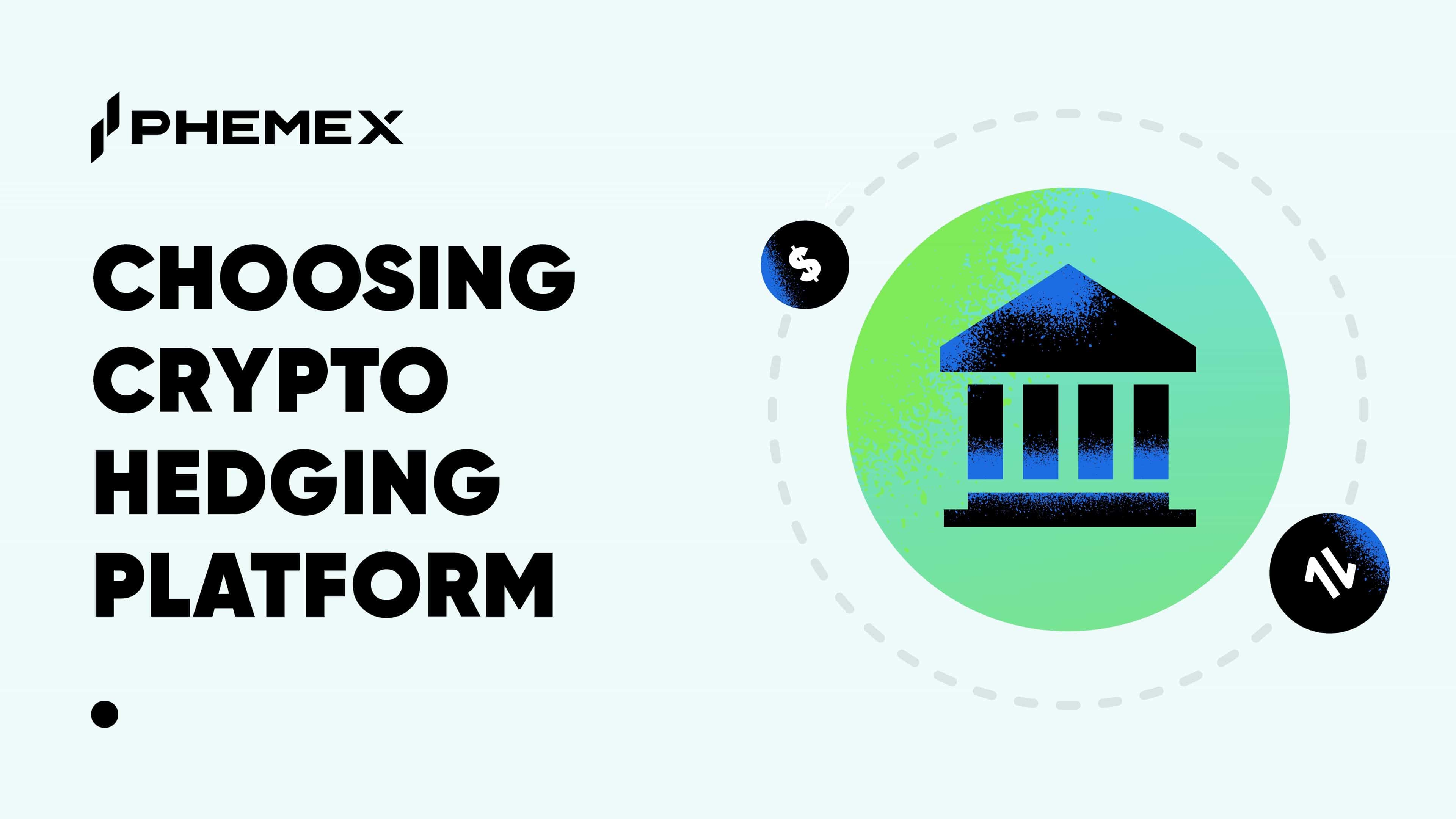The altcoin season or “altseason” means different things to different people. For Bitcoin maxis, it’s a time for expressing public disdain on crypto Twitter. For diversified crypto holders, it’s a time of volatility, where reaping huge gains and suffering massive losses both seem like equal possibilities.

Either way, altseason encourages a risk-on attitude within an already risk-on investment ecosystem, fueling innovation and routing funds to developing better products. However, while this can be great for those with a considerable risk appetite, not everyone knows how to surf the season’s waves.
The term ‘altcoins‘ generally refers to any cryptocurrency that isn’t Bitcoin. Still, with the remarkable growth of certain larger projects like Ethereum and Tether, the pool of non-altcoins appears to be growing too. Altcoins typically have unique features and run on their own protocols, distinguishing them from other popular tokens. These include Litecoin, XRP, Solana, and Cardano.
What is Altcoin Season?
Altcoin season is a time when crypto markets see an influx of new investors pouring funds into small-cap projects, or altcoins, hoping to make outsized returns. Historically this occurs most often after Bitcoin touches a new all-time high, likely what makes this season most frustrating for Bitcoin maxis.
Altseasons present seasoned investors with opportunity, and the inexperienced with uncertainty, making it crucial to grasp the various perspectives that take hold during these periods of market pandemonium.
How Do You Know It’s Altcoin Season?
While no indicator can 100% accurately tell you whether it’s altseason, there are certain elements used by analysts to assess the state of the market. These include:
New Trends
It’s considered altseason if more money is flowing into altcoins than Bitcoin. The emergence of a trend that inflates the presence of various new altcoins could cause Bitcoin’s dominance to shrink. For instance, NFTs.
Recent Bitcoin Dominance
Historically, bull market performance for Bitcoin has resulted in periods of significant gain for altcoins. When Bitcoin does well, practically the entire cryptocurrency industry profits, which leads to outflows eventually running into altcoin projects.
Examples of Previous Crypto Altseasons
December 2017-January 2018
Closer to Bitcoin’s peak in 2017, the crypto market witnessed the launch of many new tokens thanks to the recent introduction of ICOs. Some investors jumped onto the massive gains from Bitcoin, while others opted for the altcoin market, with many of them tracing new ATHs. By early 2018, Bitcoin’s dominance had dropped as low as 37.8%
December 2020-April 2021
This was one of the longest altseasons the industry had ever witnessed, and followed the same pattern as the 2018 run, with the launch of many new coins, many of them hitting records in brief periods. From 70%, Bitcoin’s dominance levels nosedived to under 50%.
How to Prepare for The Next Altcoin Season?
Plan to diversify
One of the best ways to reduce your chances of investment loss is through diversification. Investing all your capital into one potentially profitable altcoin project won’t protect you against complete loss, but splitting your money between several altcoin projects can. Altseason can raise some curious market conditions, including a spike in volatility. It’s important to know when to risk your assets and, more importantly, when not to.
De-risk your portfolio with stablecoins
When putting part of your portfolio at risk, it’s essential to de-risk the rest of your portfolio by moving into stablecoins. Stablecoins are digital assets pegged to real-world fiat currencies like the US dollar. This means they enable frictionless movement in and out of volatile digital assets, offering a more tangible grade of stability and minimizing exposure to extreme altseason volatility.
Have an exit strategy
When investing in altcoins, it’s crucial to have an exit strategy. Altseasons are synonymous with periods of high volatility, and a good exit strategy can be the difference between achieving the desired profit target and complete loss.
Manage your risk
Investing in any asset class comes with its set of risks, especially for investments in the crypto space. With prices this volatile, there’s always a potential for loss, making it vital to have a concrete risk management strategy in place.
Make sure you’re aware of how much you could lose before finalizing your positions and look for sound fundamentals instead of trying to time the market. If you’re not experienced with trading, stay away from leverage, and do your research before investing in any project.
The Bottom Line
The concept of an altseason will exist for as long as the crypto market does. There will always be periods when alts outperform Bitcoin and times when BTC roars back into dominance. For those looking to take advantage of the next altseason, make sure you fully understand what you’re getting yourself into, and happy investing!






